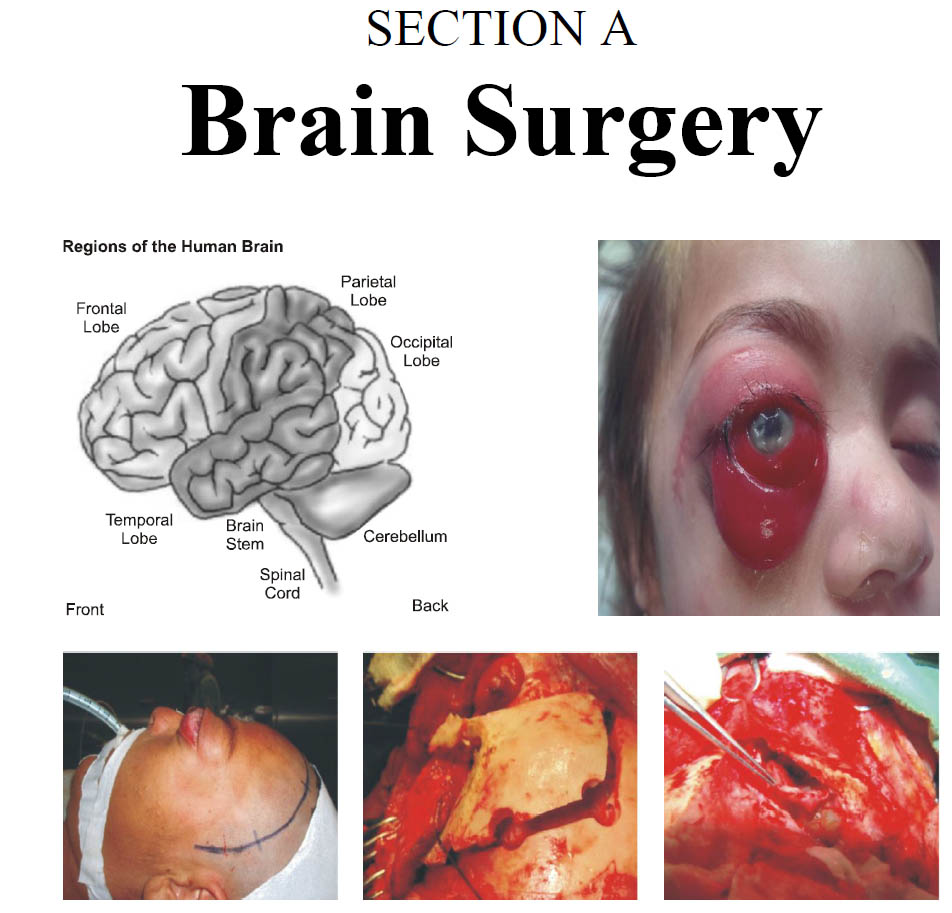Role of Decompressive Craniectomy in the Management of Traumatic Brain Injury Associated with Elevated ICP and Brain Edema
DOI:
https://doi.org/10.36552/pjns.v23i3.355Keywords:
Decompressive craniectomy, intracranial pressure, Traumatic brain injury, duraplastyAbstract
Objective: The aim of this study was to analyze the outcome of decompressive craniectomy in patients of traumatic head injury done in MTI, DHQ teaching hospital.
Materials and Methods: 189 patients with head injury were operated in a period of 15 months (April 2018-June 2019). Among 189 patients only 50 (32 men and 18 women) were treated with decompressive craniectomy (DC). We analyze only 50 cases that were treated with DC. Demographic details, GCS, time of DC and complications were recorded. Glasgow Outcome Scale was used as a measure of clinical outcome.
Results: Out of 50 patients, 18 (36%) showed a complete recovery, mild disability was found in 10 (20%) patients. The percentage of severe disability was observed in 7 (14%) patients asexual condition existed in 5 (12%) patients and the mortality rate was 12% (6 patients). 4 (8%) patients did not report us back. We excluded them from our final result analysis. A good result was presented in 28 patients (56%). Age was found to have a statistically significant association with clinical outcomes (p = 0.002). Moreover, the patients experiencing DC within 18 hours had an improved result (p = 0.001). The better GCS score before surgery was associated with good results (p = 0.001).
Conclusion: Decompressive craniectomy is associated with better clinical outcomes in patients with traumatic brain injury associated with refractory cerebral edema and elevated intracranial pressure.
References
2. Gouello G, Hamel O, Aschnoune K, Bord E, Robert R, Buffenoir K. Study of the long-term results of decompressive craniectoomy after severe traumatic brain injury base on a series of 60 consecutive cases. Sci World J. 2014:1–10.
3. Goodman MD, Makley AT, Lentsch AB, Barnes SL, Dorlac GR, Dorlac WC, et al. Traumatic brain injury and aeromedical evacuation: when is the brain fit to fly? J Surg Res. 2018; 164: 286–293.
4. Taylor A, Butt W, Rosenfeld J, Shann F, Ditchfield M, Lewis E, et al. A randomized trial of very early decompressive craniectomy in children with traumatic brain injury and sustained intracranial hypertension. Childs Nerv Syst. 2016; 17: 154–162.
5. Nirula R, Millar D, Greene T, McFadden M, Shah L, et al. Decompressive craniectomy or medical management for refractory intracranial hypertension: an AAST-MIT propensity score analysis. J Trauma ACS. 2015; 76 (4): 944–955.
6. Champion HR, Holcomb JB, Young LA. Injuries from explosions. J Trauma. 2019; 66: 1468–1476.
7. Shah SM, Kelly KM. Emergency Neurology: Principles and Practice, Cambridge University Press, Cambridge, UK, 2013.
8. Teasdale G, Jennett B. Assessment of coma and impaired consciousness: a practical scale. Lancet. 2017; 2: 81–84.
9. Evans RW. Neurology and Trauma, Oxford University Press, 2016.
10. Kraus JF, Nourjah P. The epidemiology of mild, uncomplicated brain injury. J Trauma, 2018; 28: 1637–1643.
11. Saatman KE, Duhaime A, Bullock R et al. Classification of traumatic brain injury for targeted therapies and Workshop Scientific team and Advisory Panel Members. J Neurotrauma, 2018; 25: 719–738.
12. Elf K, Nilsson P, Enblad P. Outcome after traumatic brain injury improved by an organized secondary insult program and standardized neuro-intensive care. Crit Care Med. 2015; 30: 2129–2134.
13. Menon DK. Cerebral protection in severe brain injury: physiological determinants of outcome and their optimisation. Br Med Bull. 2016; 55: 226–258.
14. Polderman KH, Tjong Tjin Joe R, Peerdeman SM, Vantertop WP, Girbes AR. Effects of therapeutic hypothermia on intracranial pressure and outcome in patients with severe head injury. Intensive Care Med. 2017; 28: 1563–1573.
15. Hutchinson PJ, Menon DK, Kirkpatrick PJ. Decompressive craniectomy in traumatic brain injury – time for randomised trials? Acta Neurochir (Wien). 2015; 147: 1–3. 16. Vahedi K, Hofmeijer J, Juettler E, Vicaut E, George B, Algra A, et al. Early decompressive surgery in malignant infarction of the middle cerebral artery: a pooled analysis of three randomised controlled trials. Lancet Neurol. 2017; 6: 215–222.
17. Roberts I. Barbiturates for acute traumatic brain injury. Cochrane Database Syst Rev. 2:CD000033. 2018.
18. Doerfler, A., Forsting, M., Reith, W., et al. Decompressive craniectomy in a rat model of malignant cerebral hemispheric stroke: experimental support for an aggressive therapeutic approach. J. Neurosurg. 2017; 85: 853–859.
19. Fisher, C.M., and Ojeman, R.G. Bilateral decompressive craniectomy for worsening coma in acute subarachnoid hemorrhage: observation in support of the procedure. Surg. Neurol. 2015; 41: 65–74.
20. Jennett B. Epidemiology of severe head injury: socioeconomic consequence of avoidable mortality and morbidity. In: Scriabine A, Teasdale GM, Tettenborn D, Young W, editors. Nimodipine. Pharmacological and clinical results in cerebral ischemia. Berlin 7 Springer; 2019: 225 – 33.
21. Dewitt DS, Jenkins JW, Prough DS. Enhanced vulnerability to secondary ischemic insults after experimental traumatic brain injury. New Horizons, 2015; 3: 376 – 83.

Downloads
Published
Issue
Section
License
The work published by PJNS is licensed under a Creative Commons Attribution-NonCommercial 4.0 International (CC BY-NC 4.0). Copyrights on any open access article published by Pakistan Journal of Neurological Surgery are retained by the author(s).












